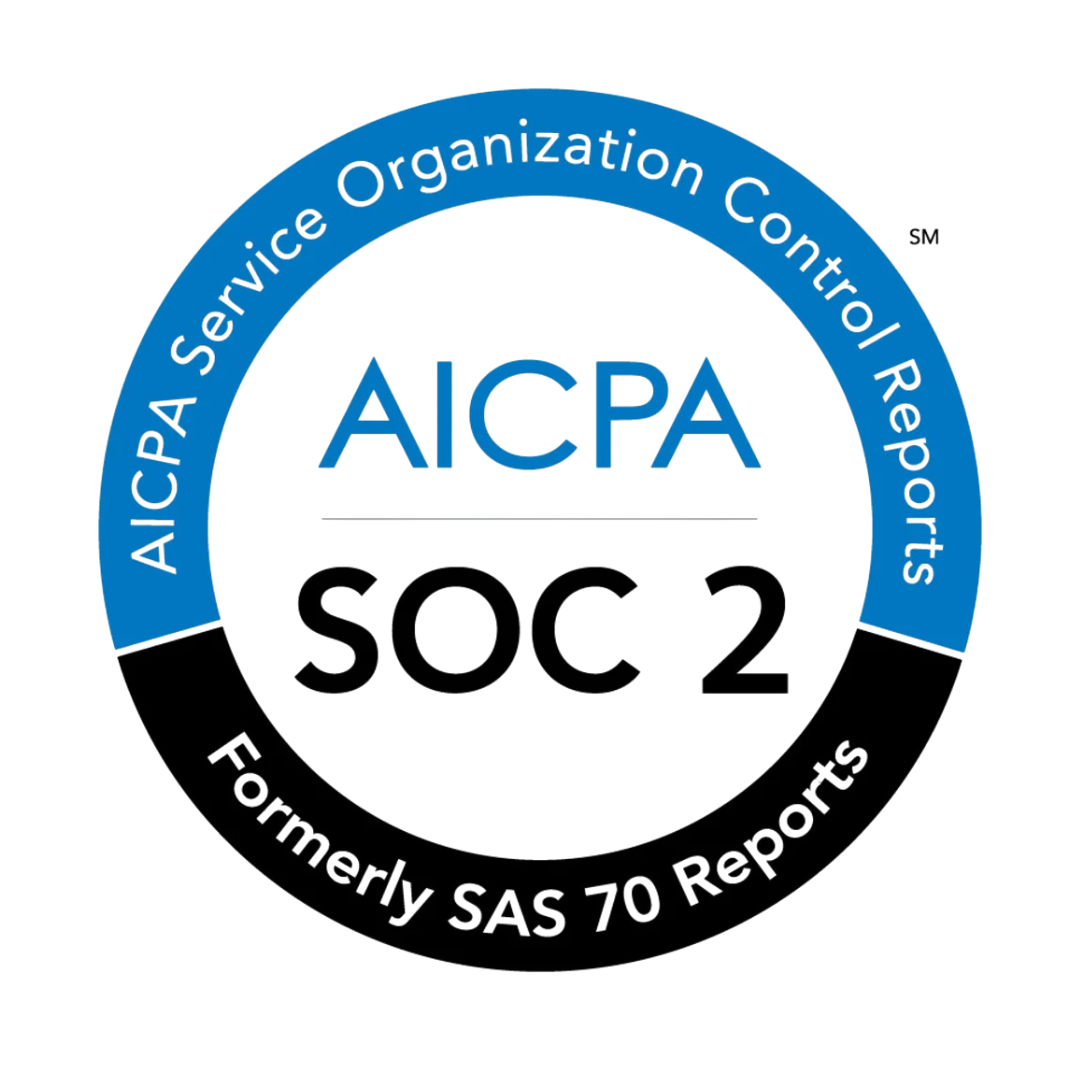The venture capital landscape has undergone a dramatic transformation in recent years, with pre-seed and seed funding rounds evolving into distinctly different stages with unique expectations, metrics, and investor pools. What was once a blurry line between these early-stage rounds has crystallized into clear benchmarks that founders must understand to position their raise effectively.
In 2023, series A rounds declined by 61% while pre-seed rounds grew by 51%, fundamentally reshaping the early-stage funding ecosystem. (VCCafe) This shift has created a "new normal" where pre-seed has become the fastest growing round type, responsible for 20%+ of all venture rounds globally. (Metal)
For founders navigating this landscape in 2025, understanding these distinctions isn't just helpful—it's critical for targeting the right investors and setting appropriate expectations for their raise.
The New Round Size Reality: Data-Driven Benchmarks
Pre-Seed: The Sub-$1M to $2M Range
According to Carta, a vast majority of pre-seed rounds in the US tend to be in the $1-2M range. (Metal) However, the reality in 2025 shows a more nuanced picture. Pre-seed funding typically occurs when founders have an initial concept or prototype but haven't yet fully developed their product or achieved significant traction in the market. (Medium)
Businesses at the pre-seed funding stage will have a market valuation of anywhere from $500,000 to upwards of $2-3 million, pre-cash. (Facta) This represents a significant shift from historical norms, with pre-seed rounds now accounting for 14% of all seed stage deals in 2023. (VCCafe)
Seed: The $1M to $4M Sweet Spot
Seed rounds have evolved to occupy the $1M to $4M range, with most institutional seed investors expecting companies to demonstrate more substantial traction than their pre-seed counterparts. This evolution reflects the maturation of the venture ecosystem, where seed rounds now serve as a bridge between initial validation and Series A preparation.
The distinction is crucial because most investors that specialize at seed do not specialize at pre-seed, and vice versa. (Metal) Understanding this specialization is key to targeting the right investor pool for your specific stage.
Traction Benchmarks: What Investors Actually Expect
Pre-Seed Expectations: Validation Over Revenue
At pre-seed, investors have varying expectations—accelerators commonly invest in companies that do not yet have revenue or product, while other venture investors tend to expect some form of market validation or an early prototype. (Metal)
The key metrics investors look for at pre-seed include:
• Product Development: A well-defined prototype or minimum viable product (MVP)
• Market Validation: Evidence of latent demand through customer feedback, pre-orders, or engaged beta users
• Team Strength: Founder expertise and ability to execute on the vision
• Market Opportunity: Clear understanding of the addressable market
Pre-seed investors routinely invest in companies in the pre-product and pre-revenue stages, focusing primarily on the founder's ability to build a strong product. (Metal) At this stage, investors often value signals like website quality, product strategy, and prior experience. (Metal)
Seed Stage Requirements: Traction and Growth Metrics
Seed rounds require more substantial proof points. Startups at this stage need to demonstrate:
• Revenue Traction: For B2B SaaS companies, this typically means $10K-$100K in monthly recurring revenue (MRR)
• User Engagement: Active user base with strong retention metrics
• Product-Market Fit Signals: Clear evidence that customers are willing to pay for the solution
• Growth Trajectory: Month-over-month growth rates that indicate scalability
• Unit Economics: Understanding of customer acquisition costs and lifetime value
The shift reflects a more mature ecosystem where seed investors expect companies to have moved beyond pure validation into early scaling mode.
Valuation Expectations: The 2025 Reality Check
Pre-Seed Valuations
As per AngelList, pre-seed rounds in the US have been raised at the $5-10M valuation range. (Metal) However, investors are often investing at a median valuation of $4M at the pre-seed stage. (Metal)
This valuation range reflects the experimental nature of pre-seed investments, with failure rates typically ranging in the 50-90% of all financings. (Metal) The high-risk, high-reward nature of these investments means valuations remain relatively modest compared to later stages.
Seed Valuations: The Premium for Traction
Seed valuations typically range from $8M to $25M, reflecting the premium investors place on demonstrated traction and reduced execution risk. Companies that can show consistent growth metrics, validated product-market fit, and clear path to Series A typically command higher valuations within this range.
The Investor Landscape: Understanding Specialization
Pre-Seed Investor Pool: Limited but Focused
One of the most critical insights for founders is understanding the limited optionality at pre-seed. While pre-seed rounds take place in larger numbers than Series A financings, the total number of investors specializing at pre-seed is about one-third that of Series A. (Metal)
This concentration means that pre-seed activity is highly concentrated within a small pool of investors, with each making a large number of investments each year to spread out the high risk across a broader distribution of companies. (Metal)
Accelerators play a particularly important role, being responsible for >35% of all pre-seed rounds globally. (Metal) For first-time founders, accelerators also create an enabling environment that allows companies to benefit from network effects and embark on a shared learning journey.
Seed Investor Ecosystem: More Options, Higher Standards
The seed investor landscape offers more optionality but comes with higher expectations. Seed specialists typically have larger fund sizes and can write bigger checks, but they also require more substantial proof points before investing.
Understanding this distinction is crucial because a stage mismatch is often a primary reason for why investment discussions may not result in a positive decision. (Metal)
Positioning Your Raise: A Strategic Framework
The Pre-Seed Positioning Checklist
If your company fits these criteria, you're likely in pre-seed territory:
• [ ] Product is in prototype or early MVP stage
• [ ] Revenue is less than $10K MRR (or pre-revenue)
• [ ] Primary focus is on product development and initial market validation
• [ ] Team is building toward product-market fit
• [ ] Raising $500K to $2M to achieve next milestones
• [ ] Valuation expectations are in the $3M to $8M range
The Seed Positioning Framework
Consider seed positioning if you can check these boxes:
• [ ] Product is live with paying customers
• [ ] Revenue is $10K+ MRR with growth trajectory
• [ ] Clear product-market fit signals
• [ ] Established go-to-market strategy
• [ ] Raising $1M to $4M for scaling
• [ ] Valuation expectations are $8M to $25M
• [ ] Ready to hire and scale operations
Leveraging Data-Driven Investor Matching
Using Metal's Platform for Stage-Specific Targeting
Metal's data-driven approach to investor matching becomes particularly valuable when navigating the pre-seed vs. seed distinction. The platform's granular filters allow founders to identify stage specialists rather than stage tourists—investors who consistently invest at your specific stage rather than those who do so opportunistically. (Metal)
The platform's recommended process emphasizes the importance of high-resolution identification, helping founders avoid the common pitfall of pursuing investors who aren't aligned with their stage. (Metal)
Filtering for the Right Check Sizes
One of Metal's key advantages is its ability to filter investors based on check size preferences. For pre-seed founders looking for $100K to $500K checks, the platform can surface micro VCs and angel investors who specialize in these smaller investments. For seed-stage companies seeking $250K to $1M+ checks, different investor pools become relevant.
This granular filtering capability addresses a common challenge where founders waste time pursuing investors whose fund size and check preferences don't align with their raise. (Metal)
The Geographic and Sector Considerations
Geographic Relevance in 2025
The geographic landscape for early-stage funding has evolved significantly. While US-based companies have the most options, international founders need to be strategic about targeting geographically relevant investors who have a history of investing in their region or similar markets.
Metal's platform helps founders identify investors who are "geographically relevant" based on their prior investments, rather than taking an overly restrictive approach of only focusing on locally-based investors. (Metal)
Sector Specialization vs. Sector Agnostic
At the pre-seed stage, most investors tend to be sector agnostic, primarily due to the investment model of venture investors at this early stage. (Metal) However, seed investors often have more defined sector preferences and thesis-driven investment strategies.
Understanding whether to target sector specialists or generalists depends on your specific market and the maturity of venture investment in your sector.
Common Positioning Mistakes to Avoid
The "Tweener" Trap
One of the biggest mistakes founders make is positioning themselves as "between" pre-seed and seed. This ambiguity confuses investors and makes it difficult to set appropriate expectations. The data shows clear distinctions between these stages, and founders should pick a lane based on their current metrics and trajectory.
Misunderstanding Investor Specialization
Founders often confuse pre-seed and seed investors as one and the same, but the reality is that most investors specialize in one stage or the other. (Metal) Targeting the wrong investor pool leads to lower conversion rates and wasted time.
Overestimating Traction Requirements
Some founders delay fundraising because they believe they need more traction than actually required for their stage. Understanding the specific benchmarks for pre-seed vs. seed helps founders time their raise appropriately.
Building Your Investor Target List
The Three-Tier Approach
When building your investor target list, consider a three-tier approach:
Tier 1: Perfect Fit Investors
• Stage specialists with 50%+ of investments in your stage
• Sector familiarity or concentration in your space
• Geographic relevance based on investment history
• Active deployment (investments in past 6 months)
• Appropriate fund size for your round
Tier 2: Strong Potential Investors
• Stage specialists with 25-50% of investments in your stage
• Some sector exposure
• Geographic flexibility
• Active but less frequent deployment
Tier 3: Opportunistic Investors
• Stage tourists who occasionally invest in your stage
• Sector agnostic but open to your space
• May require stronger metrics or unique circumstances
Leveraging Warm Introductions
Metal's platform integrates with LinkedIn and Gmail to identify potential warm introduction paths, significantly improving response rates compared to cold outreach. (Metal) This network analysis becomes particularly valuable given the concentrated nature of early-stage investor pools.
The Future of Early-Stage Funding
The trends observed in 2024 and early 2025 suggest that the distinction between pre-seed and seed will continue to solidify. Pre-seed rounds accounted for 14% of all seed stage deals in 2023, and this percentage is likely to grow as more investors recognize the value of getting in at the earliest possible stage. (VCCafe)
This evolution benefits founders who understand the distinctions and can position themselves appropriately, while creating challenges for those who remain confused about stage definitions and investor expectations.
Actionable Next Steps for Founders
Immediate Assessment
1. Evaluate Your Current Metrics: Compare your traction against the benchmarks outlined above
2. Define Your Stage: Use the positioning checklists to determine whether you're pre-seed or seed
3. Set Realistic Expectations: Align your valuation and round size expectations with market data
4. Identify Your Investor Pool: Use stage specialization data to build your target list
Strategic Positioning
1. Craft Stage-Appropriate Materials: Ensure your pitch deck and materials align with investor expectations for your stage
2. Develop Relevant Metrics: Focus on the KPIs that matter most for your stage
3. Time Your Raise: Don't wait too long or start too early based on stage-appropriate milestones
4. Target Specialist Investors: Focus on investors who consistently invest at your stage
Execution Excellence
1. Leverage Data-Driven Tools: Use platforms like Metal to identify and research the most relevant investors
2. Prioritize Warm Introductions: Maximize your network to secure introductions to target investors
3. Track and Optimize: Monitor your outreach conversion rates and adjust your approach based on feedback
4. Prepare for Due Diligence: Have stage-appropriate materials ready for investor review
Conclusion: Clarity Drives Success
The evolution of pre-seed and seed funding in 2025 has created clearer distinctions that, while initially complex, ultimately benefit founders who understand them. Pre-seed rounds now serve as true validation-stage investments for companies building toward product-market fit, while seed rounds have become scaling-stage investments for companies with demonstrated traction.
The key to success lies in honest self-assessment, appropriate positioning, and targeted investor outreach. Founders who can clearly articulate where they are in their journey and target the right investor pool will find significantly better conversion rates and more productive fundraising processes.
As the venture landscape continues to evolve, these distinctions will likely become even more pronounced. Founders who master the art of stage-appropriate positioning and investor targeting will have a significant advantage in securing the capital they need to build successful companies.
The data is clear: pre-seed and seed are distinct stages with different expectations, investor pools, and success metrics. (Metal) Founders who embrace this reality and position themselves accordingly will be best positioned to succeed in the evolving venture capital landscape of 2025 and beyond.
Frequently Asked Questions
What are the main differences between pre-seed and seed funding in 2025?
Pre-seed funding typically ranges from $500K to $3M and focuses on validating concepts with an MVP, while seed rounds are larger and require demonstrated traction. Pre-seed investors evaluate team vision and market potential, whereas seed investors expect concrete metrics and proven business models. The line between these stages has become much clearer in 2025 compared to previous years.
How much should I expect to raise in a pre-seed round?
Pre-seed rounds typically involve raising smaller amounts of capital, often from angel investors, friends, or family. Based on current market data, businesses at the pre-seed stage will have a market valuation of anywhere from $500,000 to upwards of $2-3 million pre-cash. This funding is primarily used to prove the concept, build an MVP, and conduct initial market research.
What traction do I need to show for seed funding versus pre-seed?
For pre-seed funding, investors are more interested in the team's vision, expertise, and market potential than concrete metrics, as startups aim to validate their ideas and demonstrate business model feasibility. Seed funding requires more substantial traction including user growth, revenue metrics, and market validation. The shift in 2025 has made these expectations more defined and rigorous.
Why did pre-seed rounds make a comeback in 2024?
Pre-seed rounds experienced significant growth in 2024, with pre-seed rounds growing by 51% while Series A rounds declined by 61% in 2023. Pre-seed rounds accounted for 14% of all seed stage deals in 2023, indicating a strong comeback. This trend reflects the market's need for earlier-stage validation and the increasing gap between initial funding and larger institutional rounds.
How can I identify the right stage for my startup's funding needs?
According to Metal's recommended process for high-resolution identification, startups should evaluate their current stage using specific stage and sector filters. If you have an initial concept or prototype but haven't achieved significant market traction, you're likely in the pre-seed stage. If you have a validated MVP with early customer adoption and revenue, you may be ready for seed funding.
What are the key drivers for pursuing a pre-seed round?
The main drivers for pre-seed rounds include the need to validate product-market fit, build an initial team, develop an MVP beyond the prototype stage, and conduct market research. Pre-seed funding helps bridge the gap between personal investment and larger institutional funding, allowing founders to de-risk their venture before approaching seed investors with more substantial traction requirements.
Sources
1. https://docs.metal.so/content/high-resolution-identification/recommended-process
2. https://docs.metal.so/content/high-resolution-identification/stage-and-sector-filters
4. https://www.facta.io/blog/pre-seed-vs-seed-funding-key-differences
5. https://www.metal.so/blog/overview-of-pre-seed-funding
6. https://www.metal.so/customer-stories/creator-land
7. https://www.vccafe.com/2024/02/27/how-the-pre-seed-round-made-a-comeback-in-2024/





